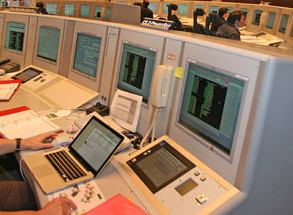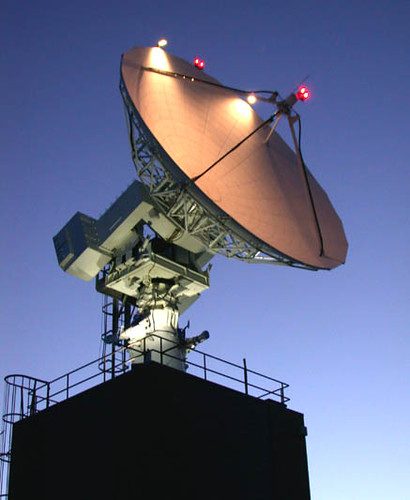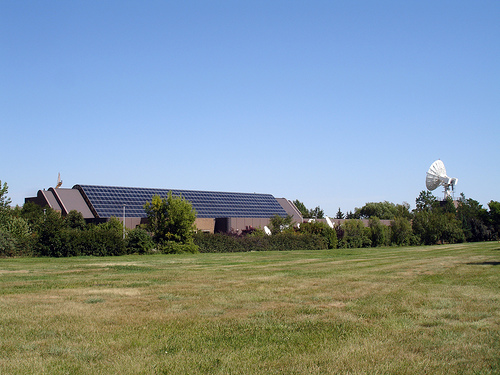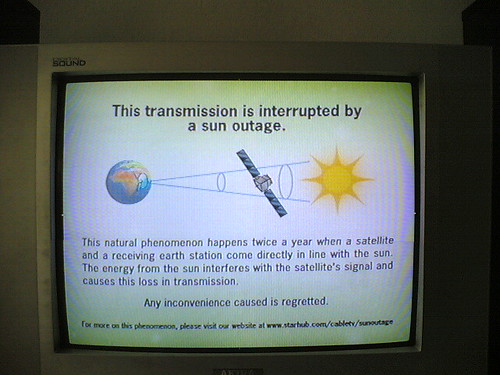What’s This Button For?
Thursday, September 15th, 2011
In spacecraft operations, the last thing you want is a ground controller who decides following the standard operating procedure is for idiots. Not sure if that’s what happened at the Ciel-2 TT&C facility, but something bad did, causing the spacecraft to go into safe mode.

The customer, DISH Network, leases capacity from SES, who leases from Ciel Satellite Group, owners of the spacecraft, acknowledged the anomaly…
DISH Network restored all affected television channels for its customers Wednesday morning after experiencing a temporary interruption of service on some of its channels overnight.
The interruption mainly affected high definition channels to a portion of DISH Network customers. Standard definition channels were largely unaffected resulting in a majority of DISH Network customers not being affected at all.
The interruption began at approximately 5 p.m. ET Tuesday and involved the Ciel2 satellite, which is operated by SES at 129 degrees West Longitude through a Canadian subcontractor and leased to DISH Network. SES has attributed the anomaly to human error in its ground operation of the spacecraft. According to SES, there is no issue with the health of the satellite.
I’m glad I’m in the eastern arc and unaffected by this outage. I feel sorry for the folks in Saskatoon — those who committed the “human error” in question. The spacecraft lost its orientation and therefore automatically went into safe mode, a near total shutdown. Afterwards, it take a few hours to turn on the tubes.

